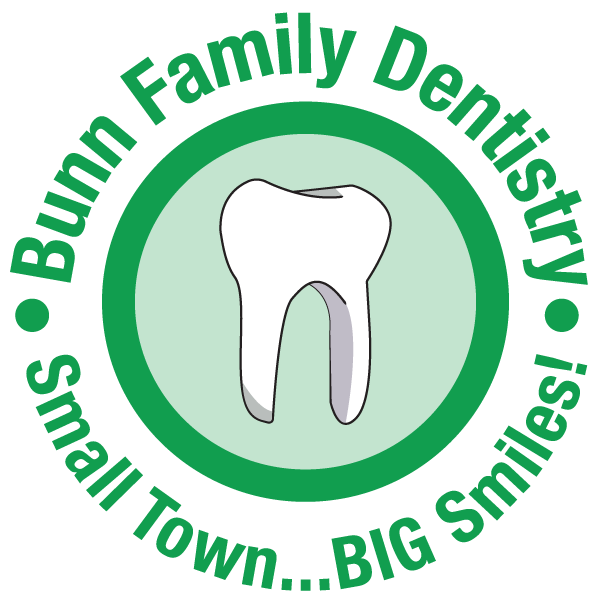When was the last time you bought a new toothbrush? We get rid of expired meals, restock vitamins and supplements, and replace our beauty products on a regular basis, but dental hygiene is frequently overlooked. However, there are a few guidelines and tips that you should follow to maintain good dental health.
When To Change Your Toothbrush
The American Dental Association (ADA) and most dentists recommend changing your toothbrush once every three months. Toothbrushes wear down with use, and they become less effective in removing plaque from teeth and gums over time. Studies show that around 3 months is when the bristles start to break down and lose effectiveness.
Another thing we don’t usually consider (and probably don’t want to think about) is that germs can hide and accumulate in toothbrush bristles. Replacement of your toothbrush is essential if you’ve had a cold, since germs on the brush can put you at risk of reinfection.
Fungus and germs can also grow in the bristles unless they are properly treated. To prevent germs and bacteria, store your toothbrush upright after use and out of the way of other used brushes. When you’re traveling, cover your toothbrush head to protect it against germs.
If you can’t remember exactly how long it’s been, pay particular attention to the condition of the bristles – if the bristles are worn out, fanned out, or frayed, or especially if you see dark color changes (which is a sign of mold), it’s time for a new one!
What Happens If I Don’t Change My Toothbrush Often Enough?
There are a lot of other dangers and unappealing problems involved with not replacing your toothbrush. If knowing that germs and fungus build-up on the bristles of your toothbrush over time isn’t enough to persuade you to replace it more frequently, there are a few additional concerns. Damage to your gums is one of the dangers associated with using old toothbrushes. As plaque builds up on your teeth, old toothbrushes become ineffective in removing it, resulting in gingivitis. Gingivitis can develop into an infection if left untreated.
Even more undesirable, you could become ill from unclean toothbrushes, mold can develop in your toothbrush, or worst of all, waste particles may be ingested if it is kept near a toilet.
What To Consider When Shopping for Dental Products
Ask your dentist during your next dental checkup and cleaning for suggestions on what you should be buying based on your individual needs, current oral health state, etc.
Some suggestions among dental professionals are to look for toothbrushes with soft bristles, as hard bristles can damage your teeth and gums, and choose a toothbrush head size that touches one or two teeth at a time. Use a toothpaste containing fluoride approved by the ADA, consider using mouthwash to further fight plaque and gingivitis, and don’t forget to floss!
Investing in an electric toothbrush can also improve oral health beyond what a manual toothbrush can achieve by removing plaque, lowering gingivitis, and eliminating teeth staining. They’ve also been shown to minimize the amount of plaque on the teeth of people with periodontal disease.
Do research on what products would fit your needs best, and don’t forget to ask your dentist for recommendations.




No comment